As a homeowner, you want to make every inch of your home, not just liveable, but also comfortable and cozy. Knowing how pricey certain home additions can be, it’s wise to make use of every bit of space you have available. One of these key spaces in your home is the attic.
Attics are typically relegated as extra storage space for old furniture, boxes of belongings, and other items that you rarely need. However, if you can open up the area to make it liveable, the attic can become a great extra room for anything from a cozy loft to a secluded study, or even an entertainment center or gym.
But before you can bring in furniture or decor, the living space has to have proper ventilation. The cornerstone of any successful liveable is proper ventilation and airflow. Attics are a little tricky when it comes to ventilation as they’re not always built with comfortable liveability in mind. However, the pros got you covered as there are ways you can install ventilation in the attic that will make the space comfortable enough to spend as much time in as you’d like.

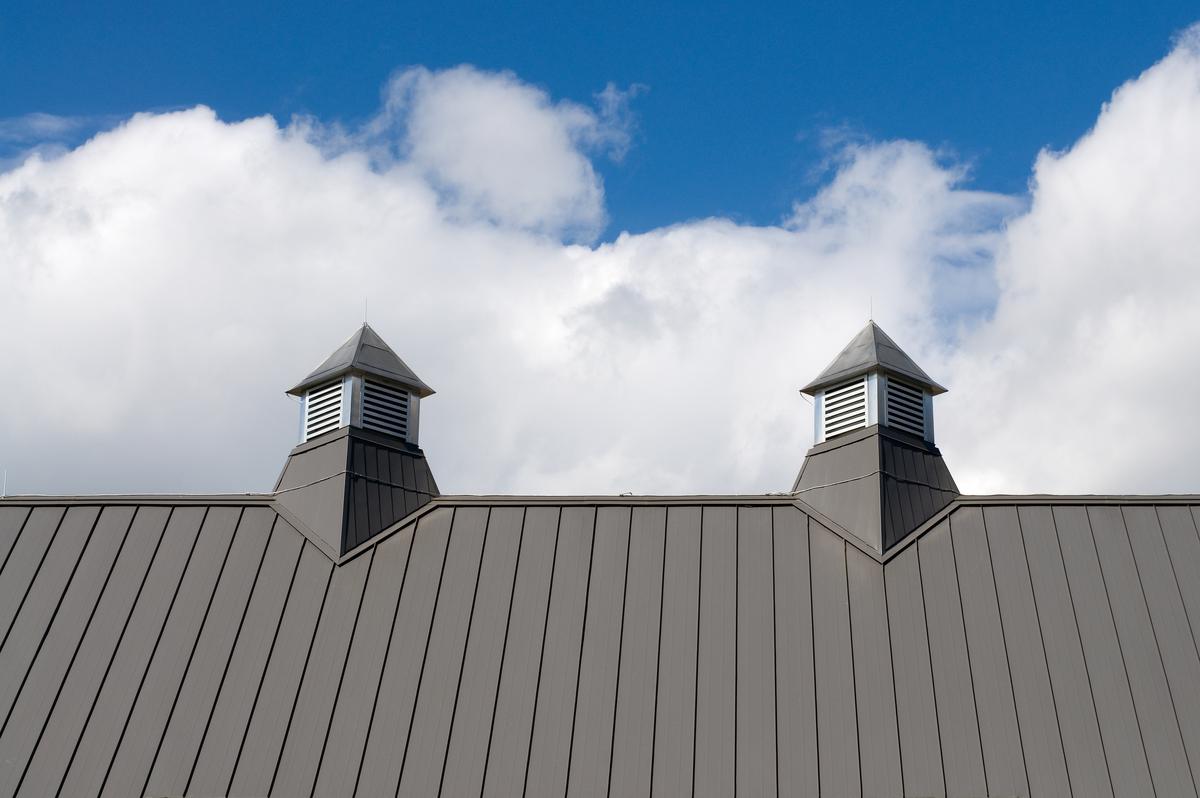
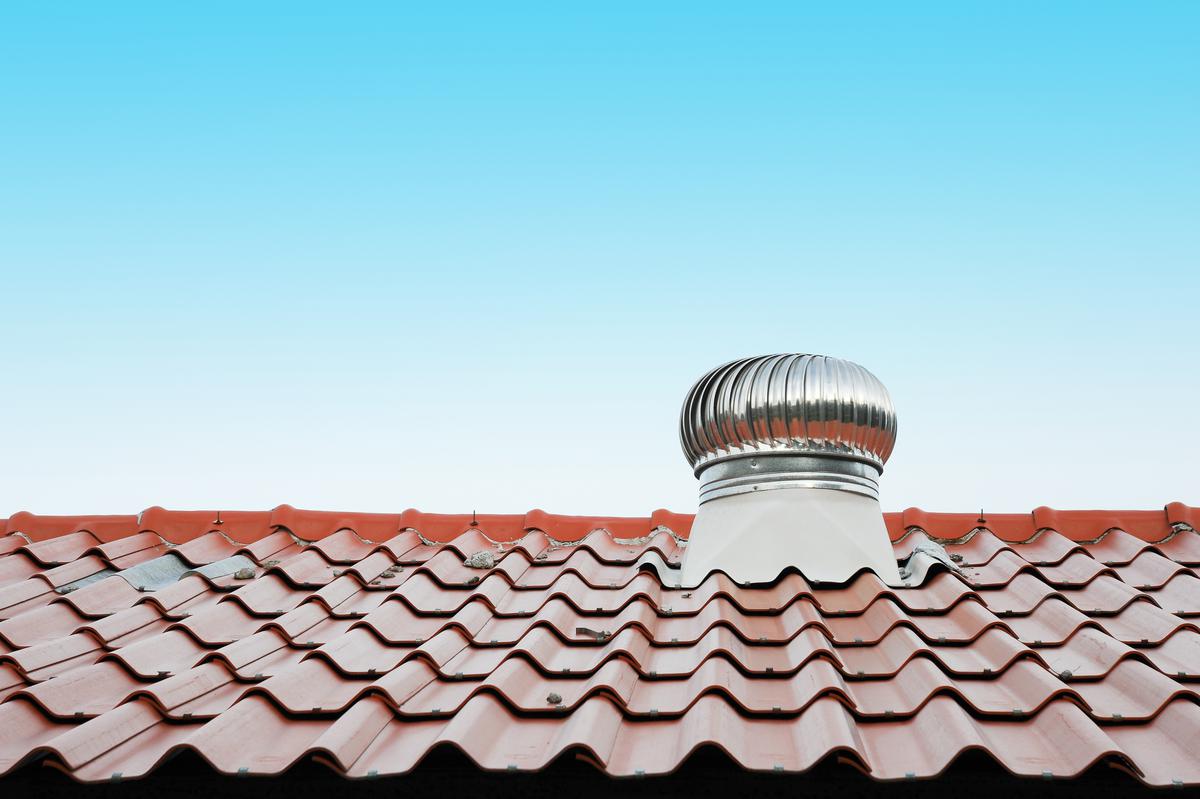
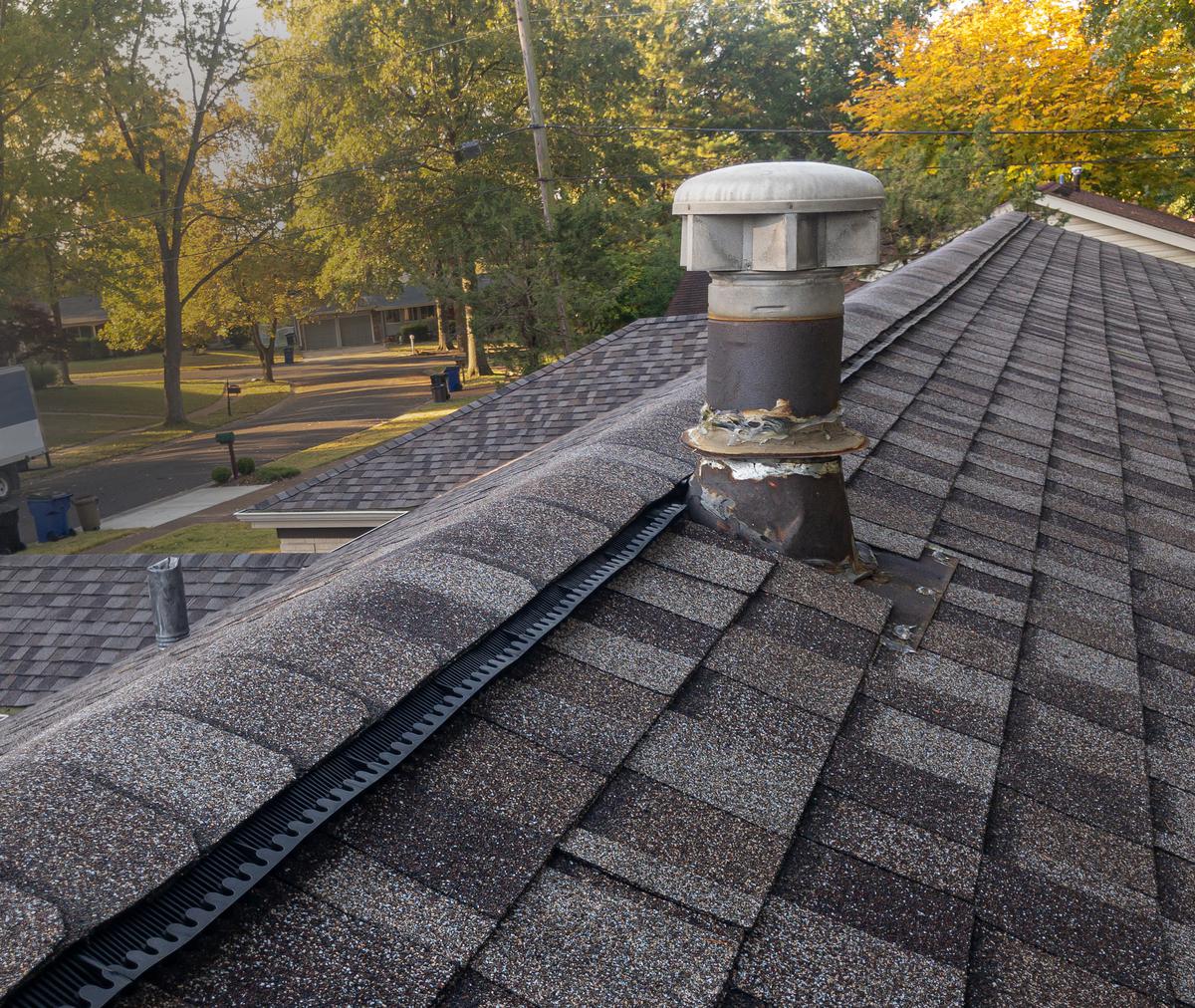
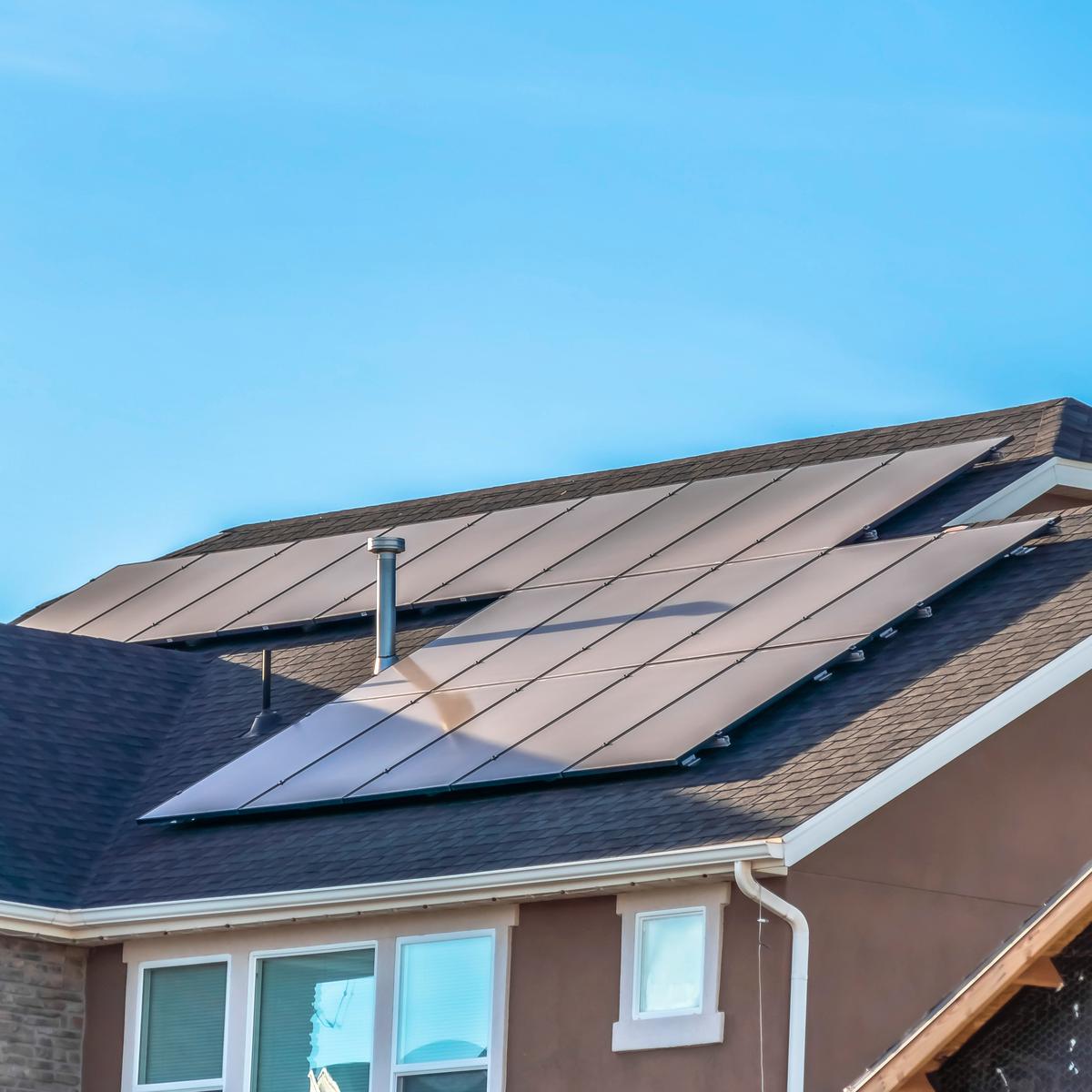
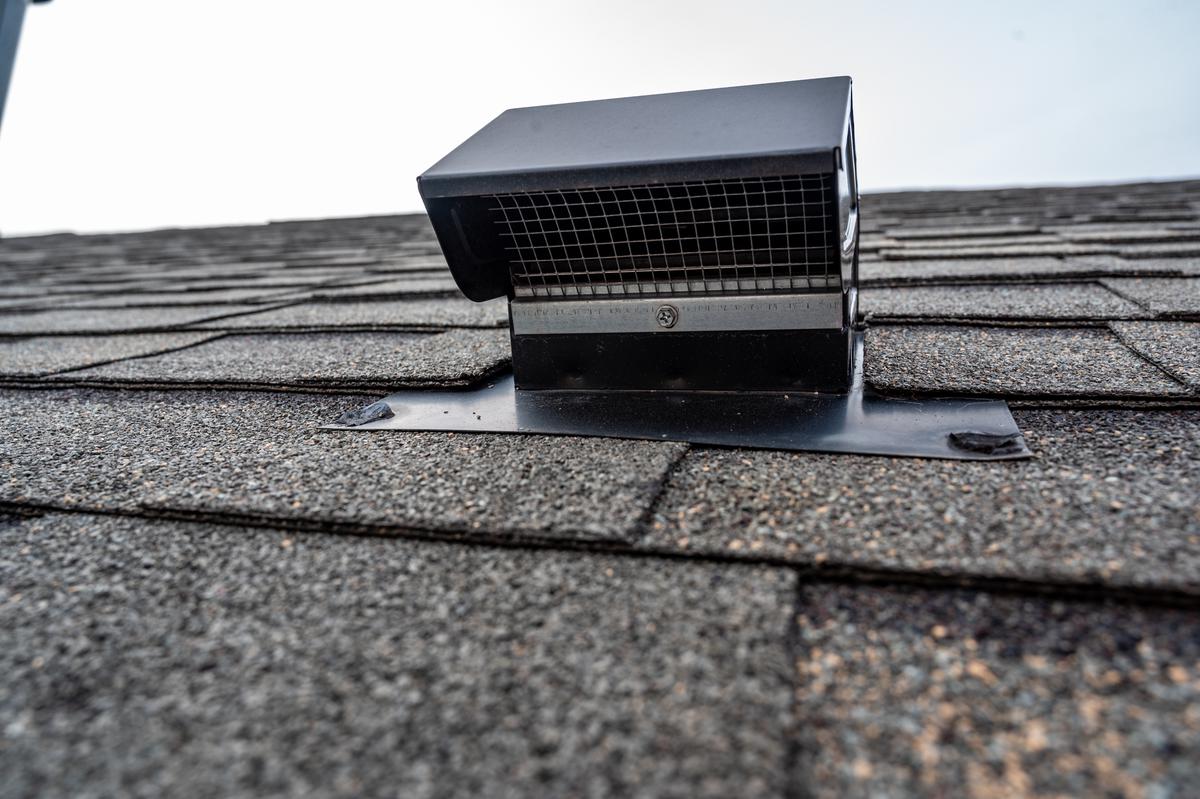
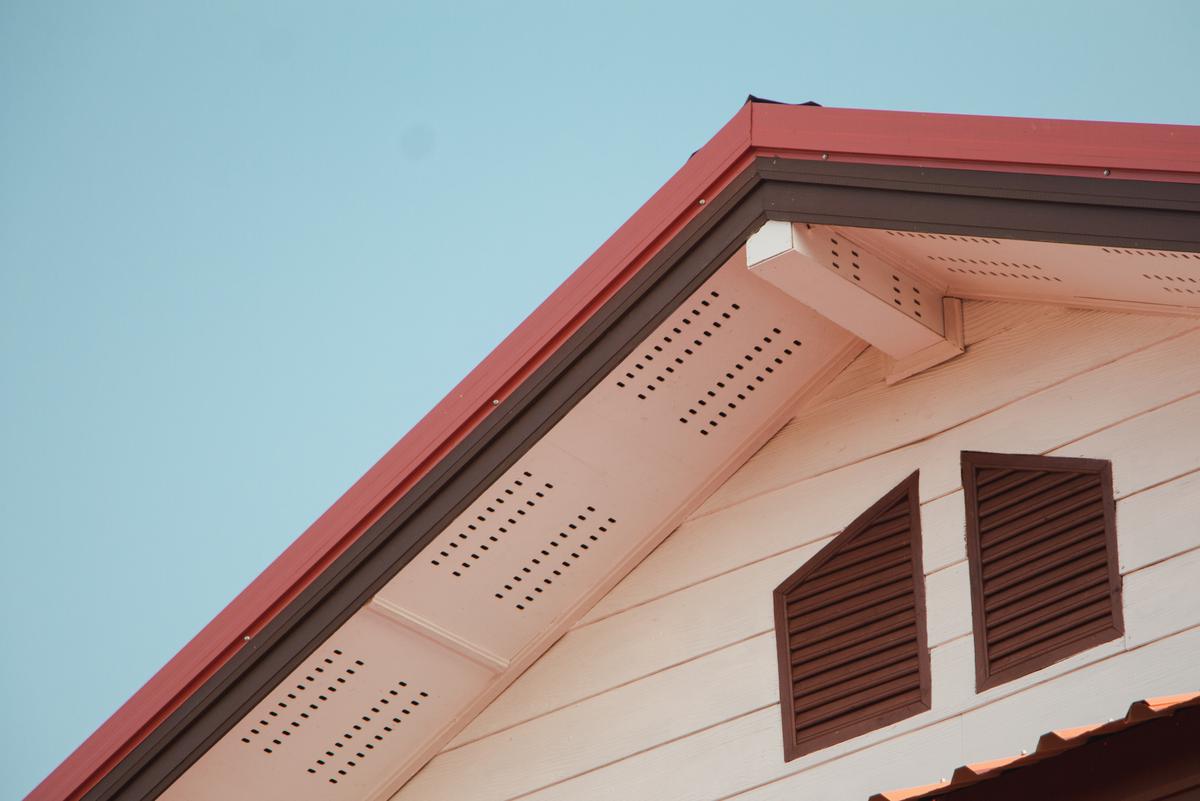
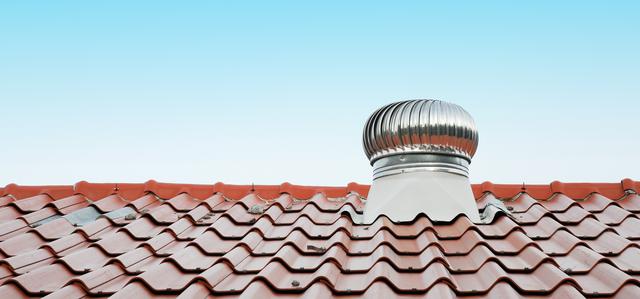
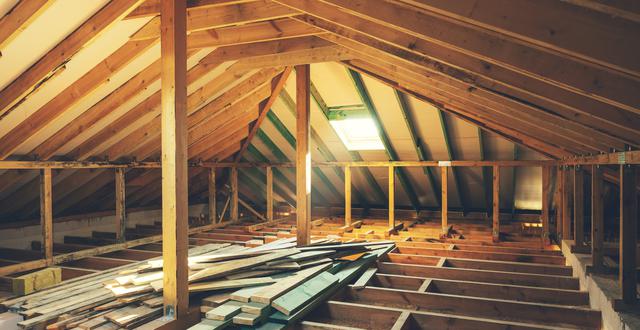
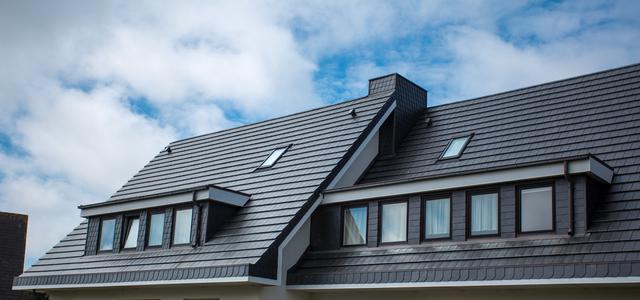
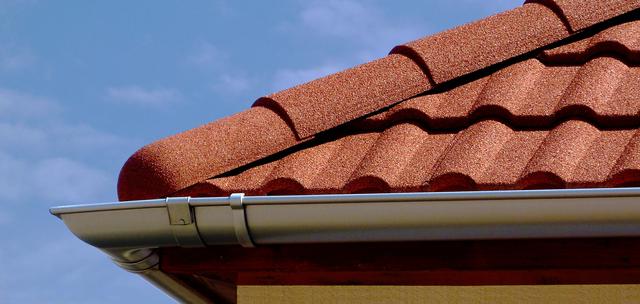
comments